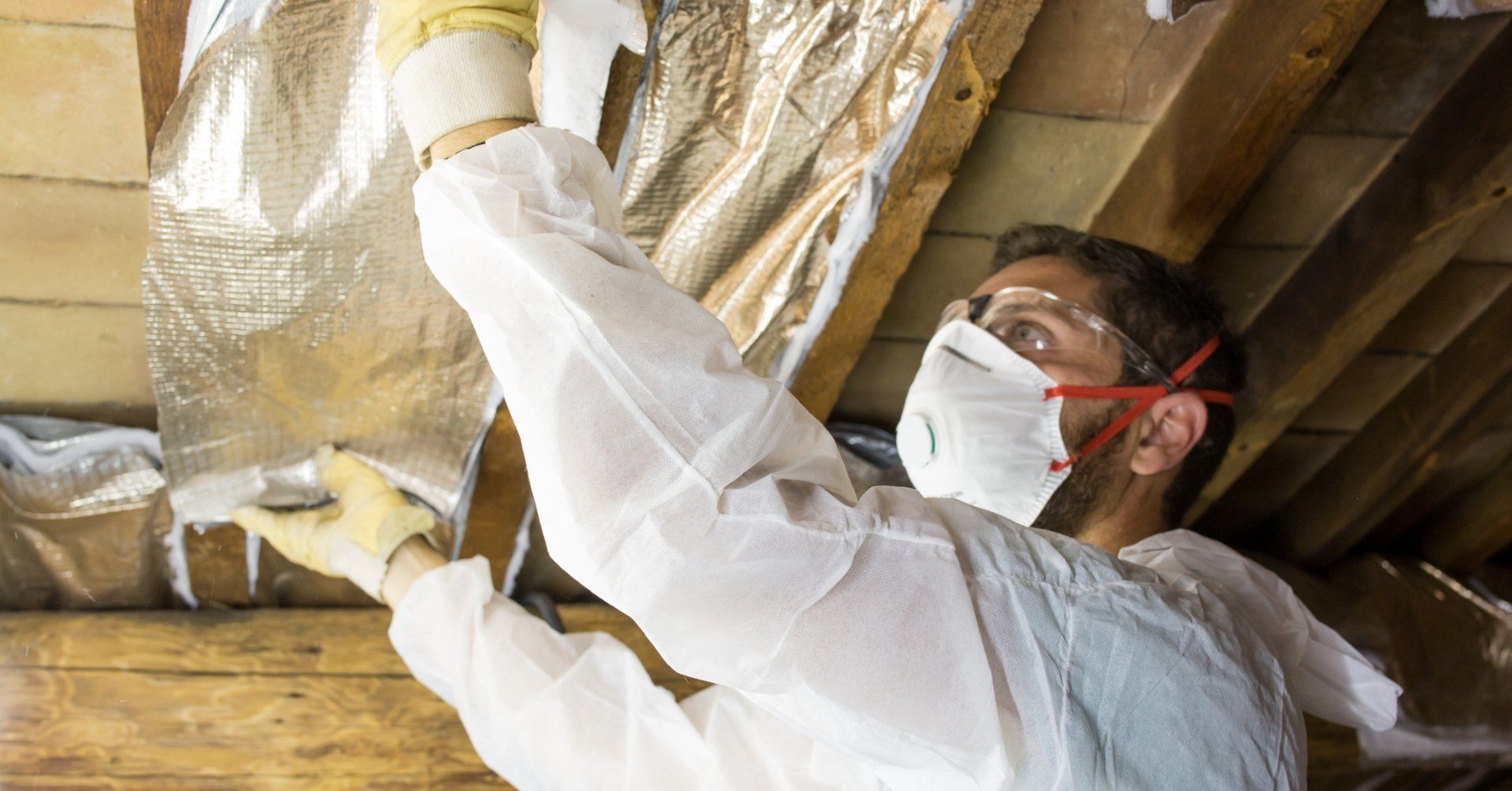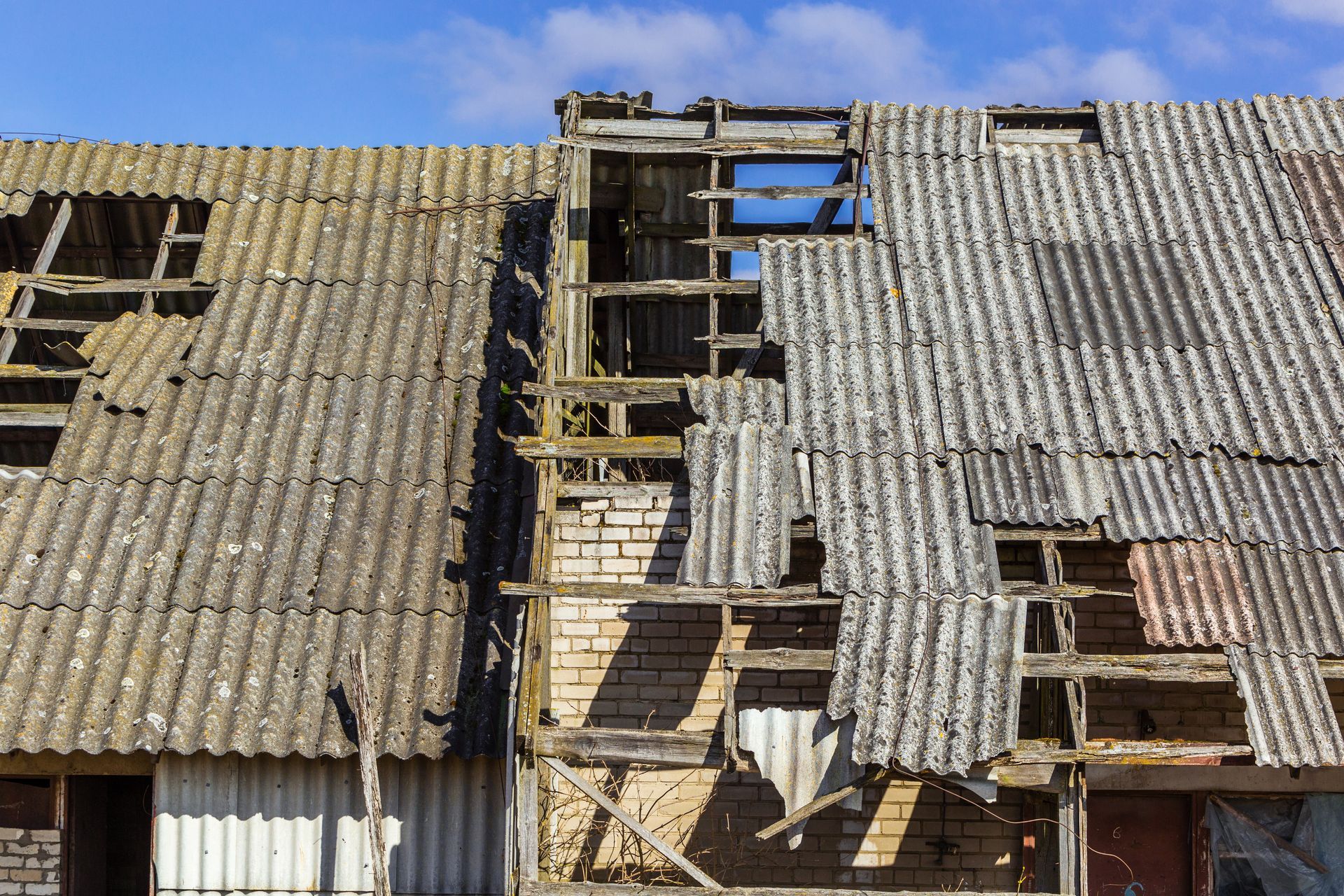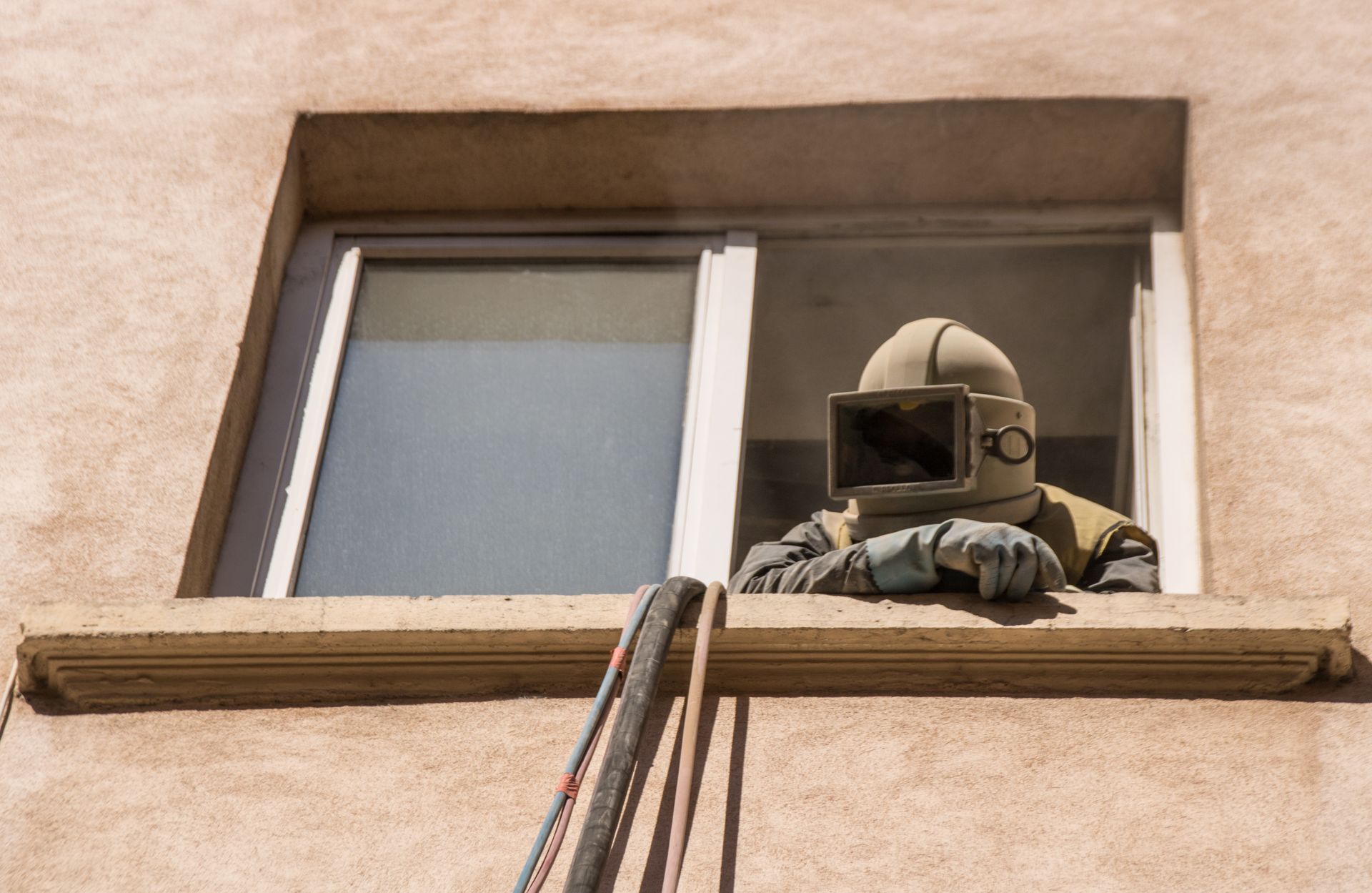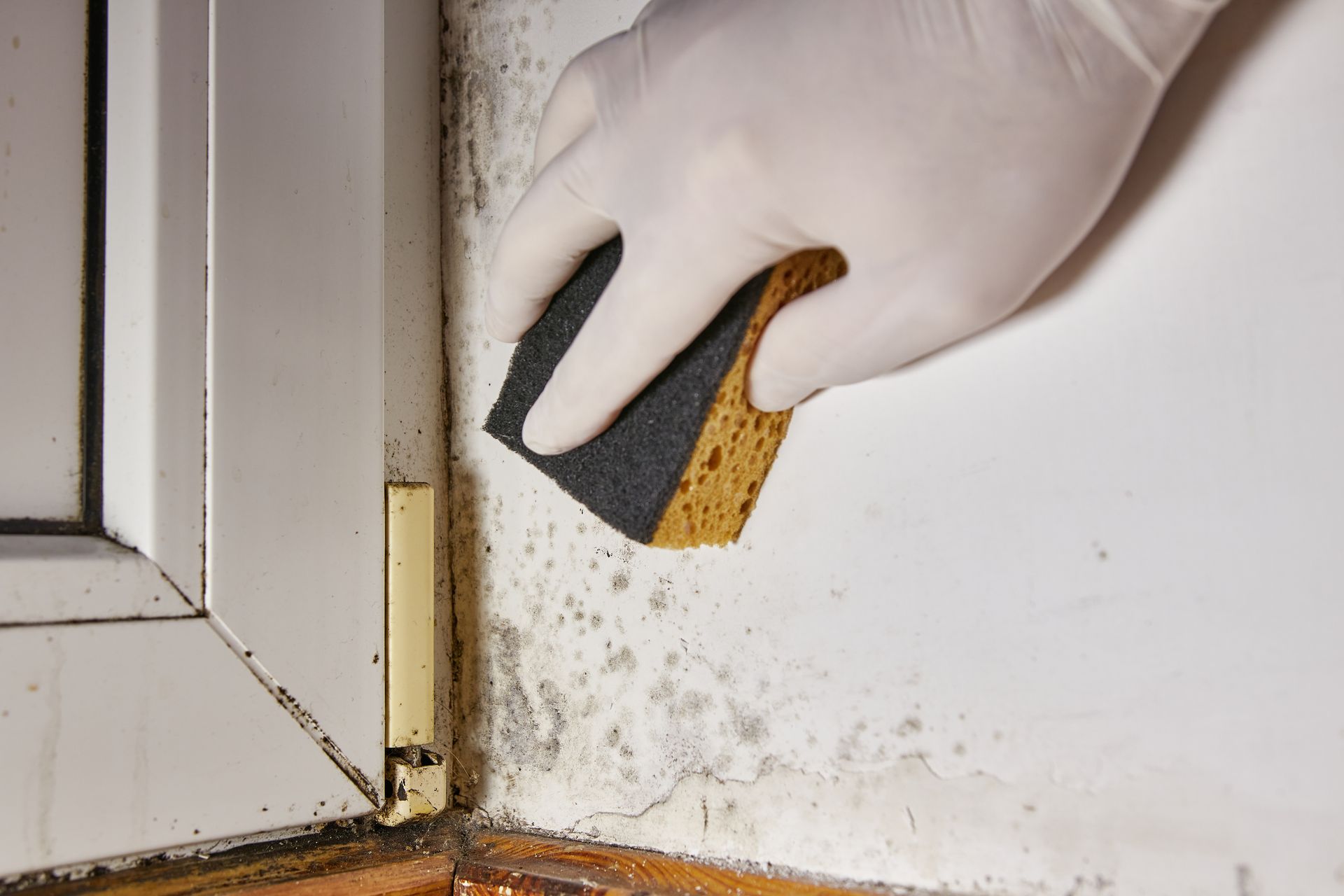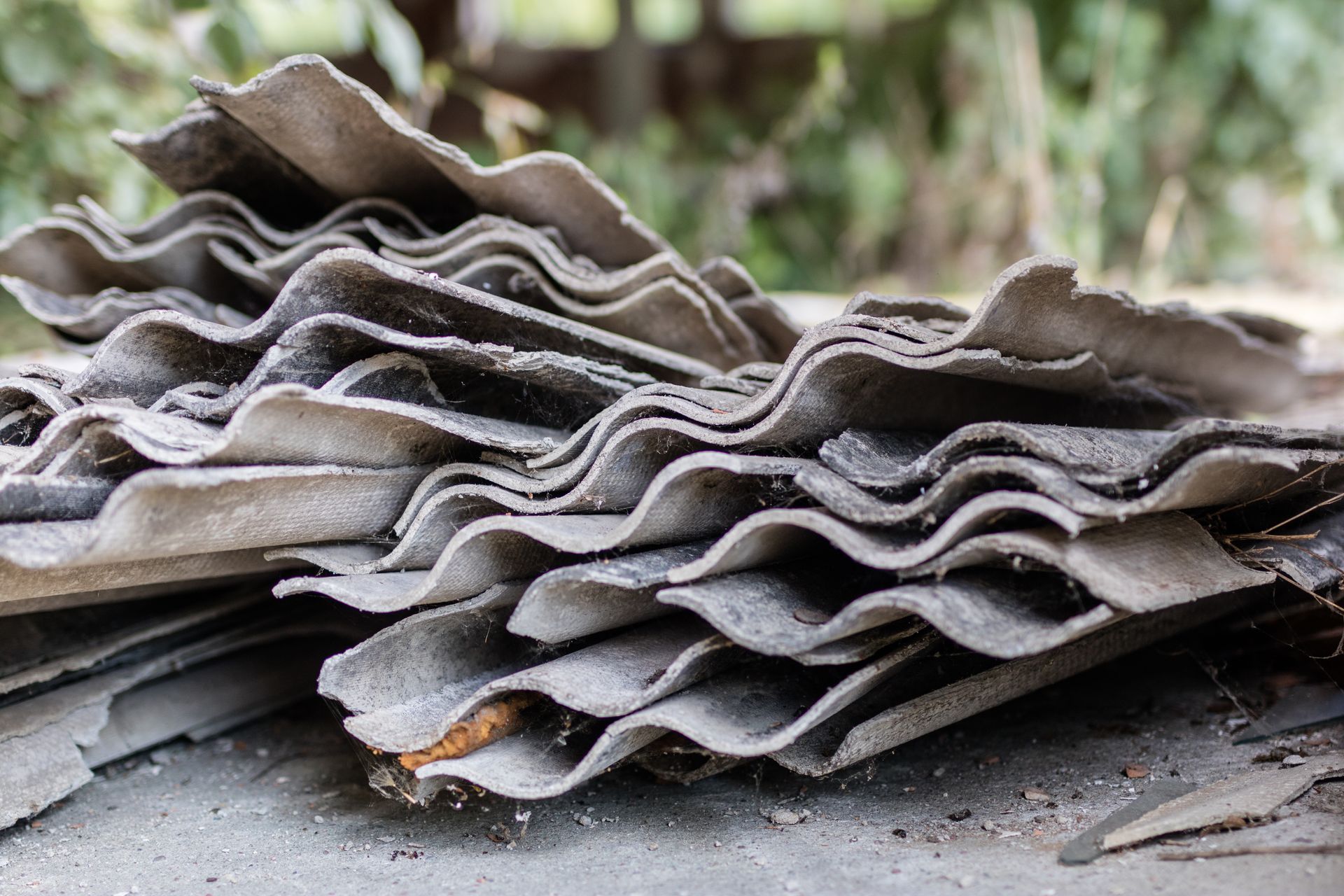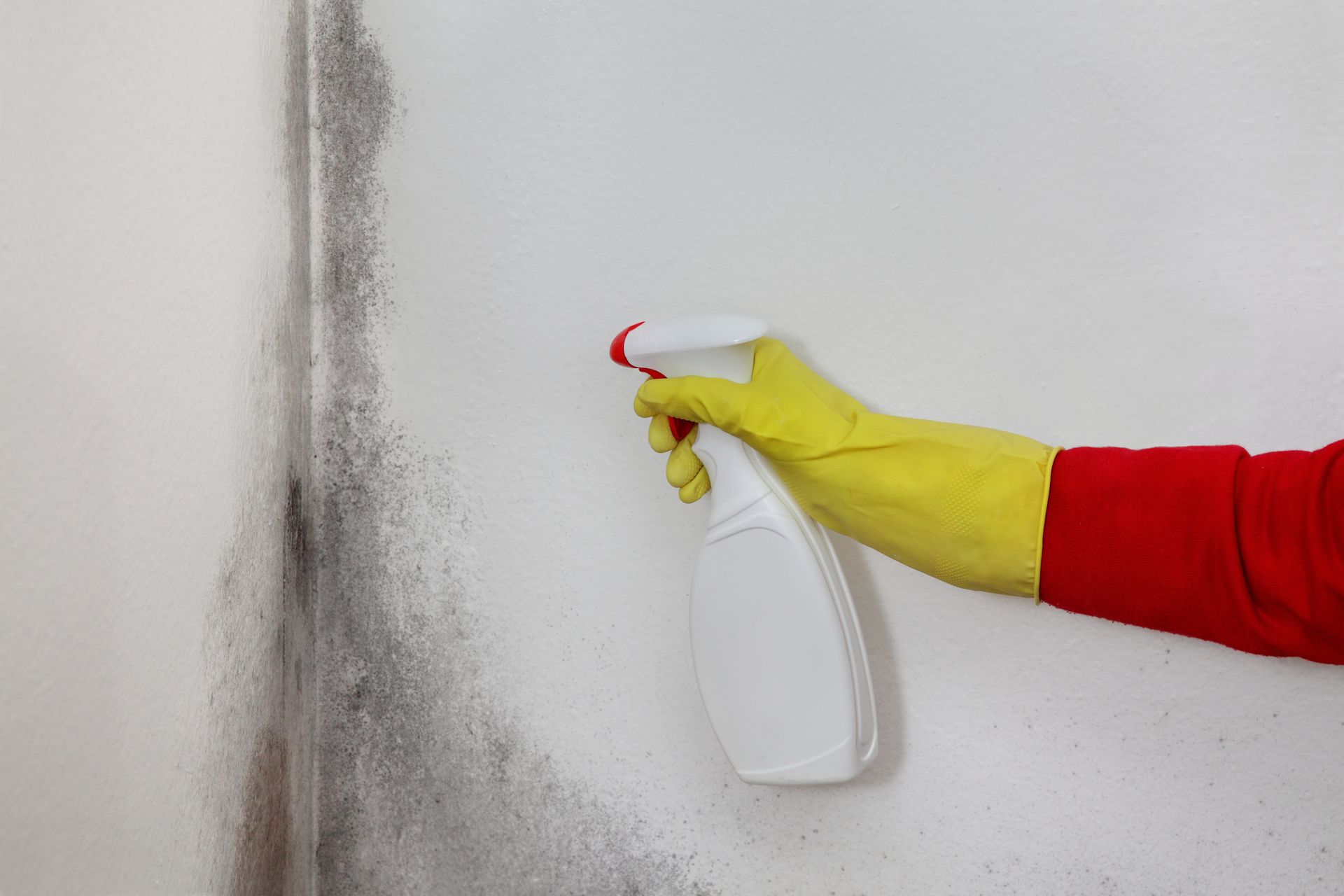Protect Your Home Against Unsafe Vermiculite Insulation
Are you considering replacing your vermiculite insulation? Vermiculite insulation is an ignitable health hazard and can cause long-term harm to occupants in your home if not addressed properly. This means that you should be aware of the dangers in your home associated with vermiculite insulation and take appropriate steps in order to have it removed and replaced.
Before the vermiculite removal process, it is important to have your home tested for asbestos prior to the removal process. If asbestos is present, you should contact a certified specialist to have the job done professionally with minimal exposure to your family and home.
After the vermiculite removal, you should contact a professional to properly seal the area before installing a new and safer insulation alternative. This is necessary for your home and family’s safety, and can be an important factor in preventing long-term health hazards.
It is important to take all the appropriate steps before, during, and after the removal process in order to ensure the safety of both your home and your family. With the right precautions, the vermiculite insulation can be safely removed and replaced with a safer alternative
Pre-Removal
Before the removal process can begin, there are certain things you must do to prepare your home. These precautions will ensure that you and your family remain safe throughout the insulation removal process.
- Check for Asbestos: Vermiculite provides safe, fire-resistant insulation when used in its purest form. Unfortunately, many forms of vermiculite contain asbestos, which is a dangerous and potentially deadly material. Before removing any insulation, test the material for asbestos to determine what kind of insulation you are dealing with.
- Clear Out the Room: If asbestos is detected in the vermiculite insulation, it is important to vacate the room where the insulation is located. The area should remain vacant for 48 hours after removal to allow for the area to be vented, aired out, and tested for asbestos contamination before anyone is allowed back in.
During Removal
Now that the area is properly prepared, it's time to start the removal process.
- Wear Protective Gear: Safety is the number one priority during the vermiculite removal process. To protect your lungs, wear a respirator, goggles, and protective clothing. If you need to wear an air-purifying respirator, be sure to put on new filters as per the manufacturer's directions.
- Vacuum, Don’t Sweep: Cross-contamination of asbestos-containing fibers is a major concern during the vermiculite removal process. To avoid it, use a vacuum or wet mop on the insulation instead of a broom.
- Create a Professional Sealed & Disposable Bag: After the vermiculite has been vacuumed or wet mopped, all insulation should be bagged tightly and securely to prevent the spread of airborne asbestos fibers. Put all insulation in a professionally sealed and disposable bag before carrying it out of your home.
Post-Removal
After the removal of a pest infestation, it is just as important to take the proper precautions to ensure it does not become a recurring issue. Pest control experts suggest implementing preventative measures such as installing screens on windows, weather-stripping around doors, sealing cracks, and using anti-pest deterrents such as mothballs, vinegar, and essential oils. In addition, it is important to keep the area clean and free of food waste and water sources in order to make infestation less likely in the future. Taking proper care of your property and regularly checking for any possible signs of pest infestations is essential in order to maintain a healthy and safe environment.
- Ventilate: Once the vermiculite insulation has been removed, it is important to keep the area well-ventilated for around 48 hours, if possible. Open windows, doors, and windows, and turn on fans to help keep the air circulating. If a heater or air conditioner was used during removal, it should be checked for asbestos.
- Test for Contamination:
Once the vermiculite removal has been completed, it is important to test for asbestos contamination in the area. Have a qualified inspector take samples from the area and test them for any traces of asbestos.
Vermiculite insulation may contain asbestos or other hazardous materials, so always be sure to take the appropriate precautionary steps when having it removed. Before you have your insulation removed, ensure that the professionals you are hiring are properly trained and certified for this job. Additionally, ask them to wear protective clothing, respirators, and masks to protect themselves and anyone else in the vicinity from exposure.
After having your insulation removed, hire a certified and licensed professional to conduct an inspection in order to determine whether asbestos or any other hazardous materials are present. Additionally, the professional should also help you with safely disposing of the removed insulation. Finally and most importantly, the professionals must provide you with an official report, clearing the insulation and verifying that no asbestos is present in it.
